![]()
![]()
![]()
Use LEFT and RIGHT arrow keys to navigate between flashcards;
Use UP and DOWN arrow keys to flip the card;
H to show hint;
A reads text to speech;
34 Cards in this Set
- Front
- Back
|
science
|
observation, identification, description, experimental investigation, and theoretical explanation of phenomena
|
|
|
observation
|
using your 5 senses to help describe what is happening
|
|
|
identification
|
using physical properties/characteristics (color, density, reporduction, harness - minerals, crystal size - rocks)
|
|
|
description
|
using observation and identification to convey meaning
|
|
|
experiments
|
using a procedure to test a problem or hypothesis
|
|
|
theory
|
using observational data to create ideas about why something is happening
|
|
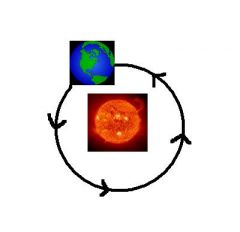
Revolution
|
when an object moves around another object (orbit)
|
|
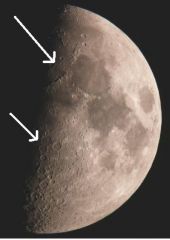
terminator
|
the "line" that separates the light and dark
|
|
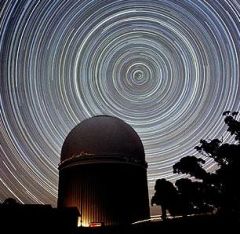
diurnal
|
the sun, moon, stars appear to move east to west
|
|

rotation
|
when an object spins on its axis
|
|
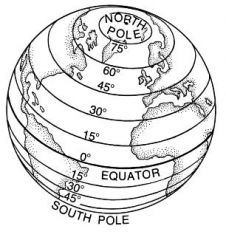
latitude
|
invisible lines above and below the equator (horizontal)
|
|
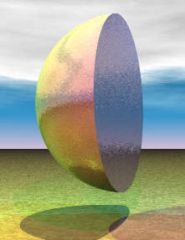
hemisphere
|
one half of a sphere or globe
|
|
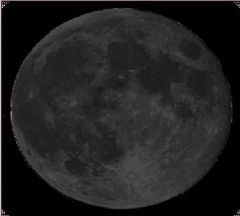
What phase?
0% illuminated |
New Moon
|
|
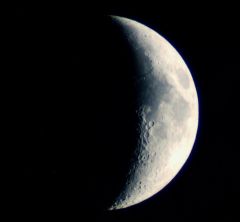
What phase?
25% illuminated |
waxing crescent
|
|
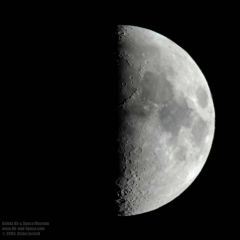
What phase?
50% illuminated |
First Quarter
|
|

What phase?
75% Illuminated |
Waxing Gibbous
|
|
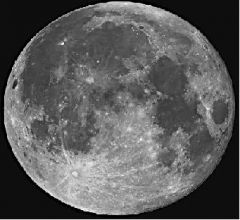
What phase?
100% illuminated |
Full moon
|
|
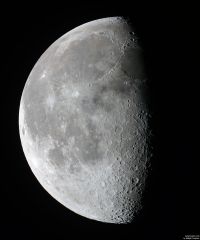
What phase?
75% illuminated |
Waning Gibbous
|
|
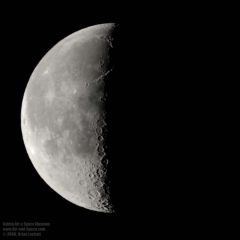
What phase?
50% illuminated |
Last Quarter (third quarter also acceptable)
|
|
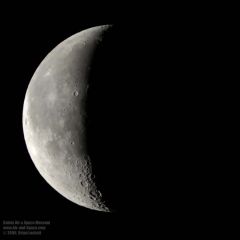
What phase?
25% illuminated |
Waning Crescent
|
|

What type of eclipse?
|
Lunar
|
|

What type of eclipse?
|
Solar
|
|
|
lunar eclipse
|
when the shadow of the Earth lands on the moon (must be FULL moon phase)
|
|
|
solar eclipse
|
when the shadow of the moon falls on the Earth (must be NEW moon phase)
|
|
|
umbra
|
the darkest part of the shadow of an eclipse
|
|
|
penumbra
|
a shadow that isn't completely shaded from the sun (light from a different area shines on the shadow)
|
|
|
lunar eclipse
|
when the shadow of the Earth lands on the moon (must be FULL moon phase)
|
|
|
solar eclipse
|
when the shadow of the moon falls on the Earth (must be NEW moon phase)
|
|
|
umbra
|
the darkest part of the shadow of an eclipse
|
|
|
penumbra
|
a shadow that isn't completely shaded from the sun (light from a different area shines on the shadow)
|
|
|
Astronomical Unit (AU)
|
The average distance between the Earth and the Sun
|
|
|
terrestrial planet
|
(inner planet) a dense planet with a rocky surface
|
|
|
gas giant
|
(outer planet) a planet without a known solid surface, made of mostly of gas.
|
|
|
retrograde motion
|
spinning backwards (Venus)
|

